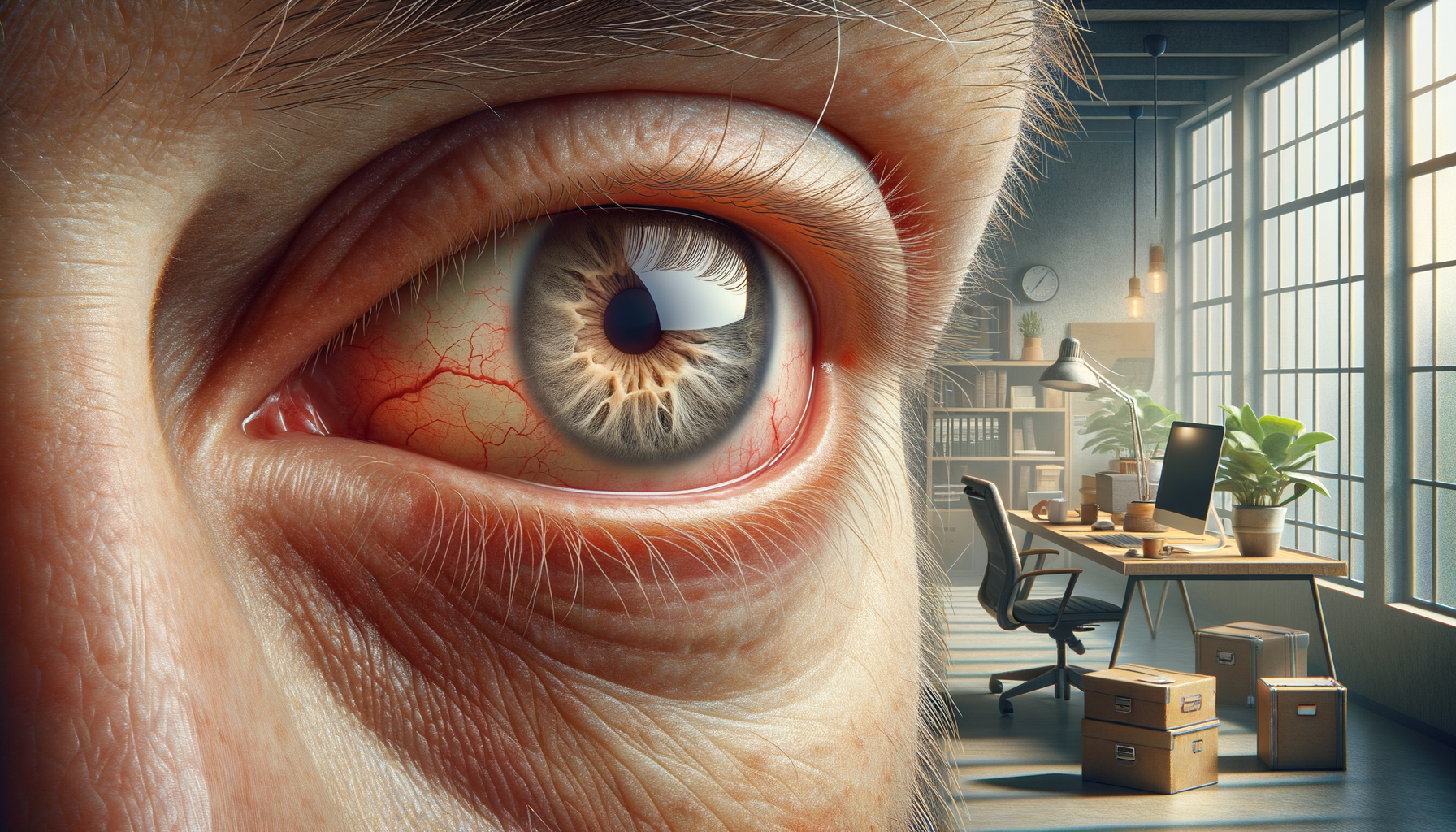Understanding Dry Eye Syndrome
Dry Eye Syndrome, often underestimated, is a common condition that affects millions of people worldwide. It occurs when the eyes do not produce enough tears or when the tears evaporate too quickly. This can lead to inflammation and damage to the eye’s surface. The syndrome is more than a mere inconvenience; it can significantly impair one’s quality of life and daily functioning.
One of the primary roles of tears is to provide lubrication. They also protect the eyes from infection, wash away foreign particles, and keep the surface of the eyes smooth and clear. When the eyes are dry, individuals may experience a range of symptoms such as redness, itching, and a gritty feeling. In severe cases, dry eyes can lead to blurred vision and increased sensitivity to light.
Several factors can contribute to dry eye syndrome, including aging, environmental conditions, and prolonged screen time. Understanding these causes is crucial for managing the condition effectively. It’s not just about addressing the symptoms but also about identifying and mitigating the underlying causes.
The Daily Challenges of Living with Dry Eye Syndrome
Living with dry eye syndrome can be challenging, affecting various aspects of daily life. The constant discomfort can make it difficult to perform everyday tasks, impacting productivity and overall well-being. For instance, people with dry eyes may find it hard to read, use computers, or drive, especially at night.
The condition can also affect one’s emotional health. The persistent irritation and discomfort can lead to frustration and stress, which may exacerbate the symptoms. Understanding the emotional toll of dry eye syndrome is essential for comprehensive management of the condition.
Moreover, those affected may need to make lifestyle adjustments to manage their symptoms. This could include taking regular breaks from screens, using humidifiers to maintain moisture in the air, and wearing sunglasses to protect the eyes from wind and sun. Such adjustments, while helpful, highlight the pervasive impact of dry eye syndrome on daily life.
Medical Approaches to Managing Dry Eye Syndrome
There are several medical approaches to managing dry eye syndrome, ranging from over-the-counter solutions to more advanced treatments. Artificial tears are a commonly used remedy, providing temporary relief by mimicking the natural tears. They can be beneficial for mild cases, offering a simple yet effective way to alleviate discomfort.
For more severe cases, doctors may recommend prescription medications that help increase tear production or reduce inflammation. These medications can be crucial for managing chronic dry eye syndrome, providing more sustained relief and addressing underlying issues.
In some cases, procedures such as punctal plugs or intense pulsed light therapy may be considered. These treatments can help retain natural tears on the eye’s surface or reduce inflammation around the eyelids. Consulting with an eye care professional is vital to determine the most suitable treatment plan based on individual needs and the severity of the condition.
Natural Remedies and Lifestyle Modifications
In addition to medical treatments, there are several natural remedies and lifestyle modifications that can help manage dry eye syndrome. Dietary changes, such as increasing the intake of omega-3 fatty acids, have been shown to improve eye health. Foods rich in omega-3s include fish, flaxseeds, and walnuts.
Staying hydrated is another simple yet effective strategy. Drinking plenty of water helps maintain the body’s fluid balance, which is essential for tear production. Additionally, using warm compresses on the eyes can help stimulate the glands that produce tears, providing relief from dryness.
Other lifestyle modifications include reducing screen time, using protective eyewear, and ensuring adequate sleep. These changes, while seemingly minor, can significantly impact the frequency and severity of dry eye symptoms. By incorporating these strategies into daily routines, individuals can better manage their condition and improve their quality of life.
Conclusion: Navigating Life with Dry Eye Syndrome
Dry eye syndrome is a complex condition that affects not only the eyes but also one’s overall quality of life. By understanding the causes and symptoms, individuals can take proactive steps to manage the condition effectively. Whether through medical treatments, natural remedies, or lifestyle modifications, there are numerous ways to alleviate the discomfort associated with dry eyes.
For those living with dry eye syndrome, it’s important to seek guidance from healthcare professionals and consider a multi-faceted approach to treatment. By doing so, individuals can find relief and navigate daily life with greater ease and comfort. While the journey may be challenging, understanding and addressing dry eye syndrome can lead to significant improvements in well-being and daily functioning.




Leave a Reply